FC and FSF plywood - what is the difference?
Whether for construction, finishing, packaging or furniture, plywood is widely used in the market. The multifunctional material is reasonably priced and easy to install. But it has a number of peculiarities and assumptions when using it. Let’s look at it in detail.
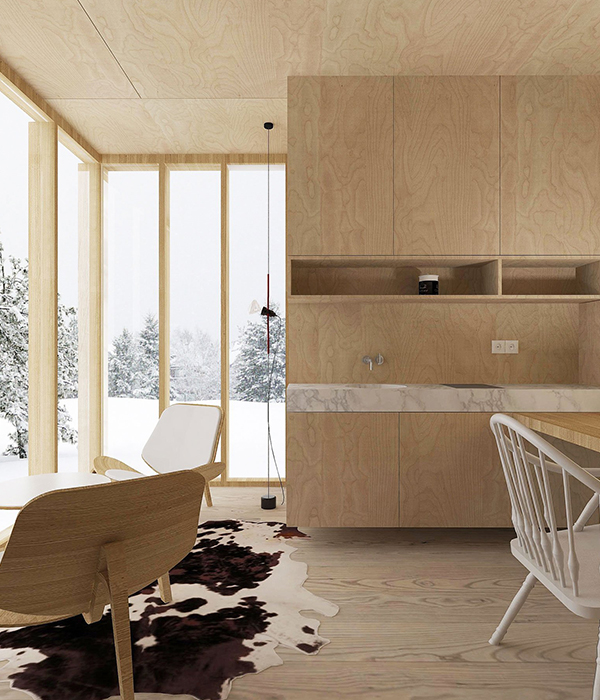
Structurally, plywood is a multilayer material made of glued veneer. And the layers are laid in such a way that the wood fibres of adjacent sheets were perpendicular to each other. This increases the strength and stability of the product’s shape, and for this reason, compared to natural wood, plywood is more resistant to deformation.
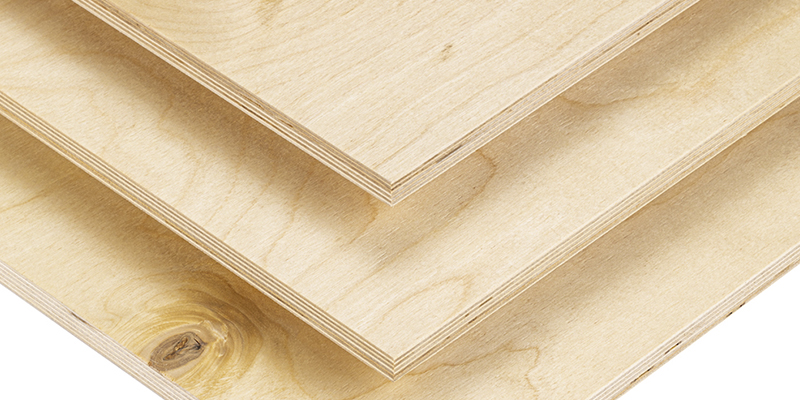
All the variety of this sheet material can be divided into several directions.
So plywood is distinguished:
- by the wood veneer from which it is made;
- by the type of glue used in gluing the veneer;
- by grade;
- by size (including thickness).
And if the choice of grade and size is a matter of taste and expediency, then the type of wood and the characteristic of glue compositions is a matter of principle. Therefore, we will tell a few words about the features of plywood from different wood and move on to the main issue — the differences between plywood FC and FSF.
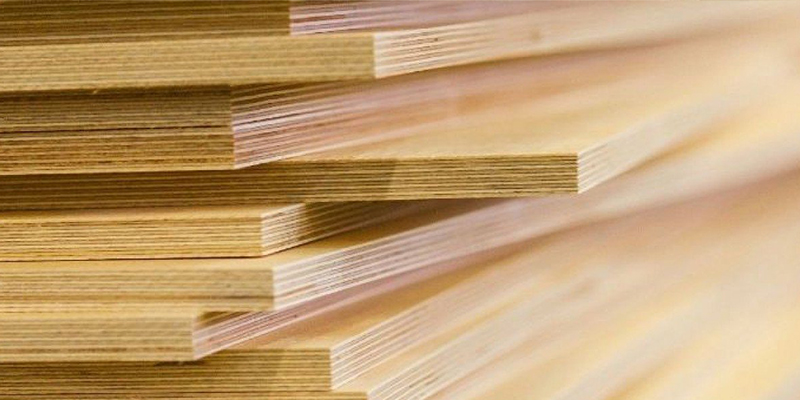
Which plywood is better - birch or spruce?
Each has its own advantages and disadvantages. So for spruce plywood made of pine, spruce, larch veneer, etc. is characterised by low weight and economical cost. Among the disadvantages — low strength, among the advantages — resistance to fungus formation, rotting (due to the presence of resinous substances in the structure of coniferous wood).
A bright representative of hardwood veneer plywood is birch plywood. It has high strength, reliability and stability. Due to the physical and mechanical properties of wood and multilayer construction of plywood, the product is able to withstand quite heavy loads.
To summarise:
The choice should be made for reasons of rationality and based on the purpose of application.
Differences between FSF and FC plywood
Here the main nuance lies in what glue composition for gluing the wood veneer is used. So plywood is distinguished into the following subspecies:
FC — urea resins are used as glue;
FSF — gluing is done with formaldehyde resins;
FBA — sheets are glued with albumin-casein glue;
FB — plywood manufacturing technology consists in impregnation of veneer layers with bakelite varnish with subsequent gluing;
FOF — laminated plywood, the production features of which are that the sheets of FSF plywood are lined with film material.
Therefore, the answer to the question: «What are the differences between FSF and FC plywood» lies in the peculiarities of the adhesive composition used. Depending on the type of solution, the characteristics of the product and the possibility of application for different tasks differ.
FC plywood has average moisture resistance, sufficient strength and environmental safety (emission class E1). It is used for interior finishing works, in construction, in the manufacture of furniture, doors, window sills, packaging containers, joinery and much more.
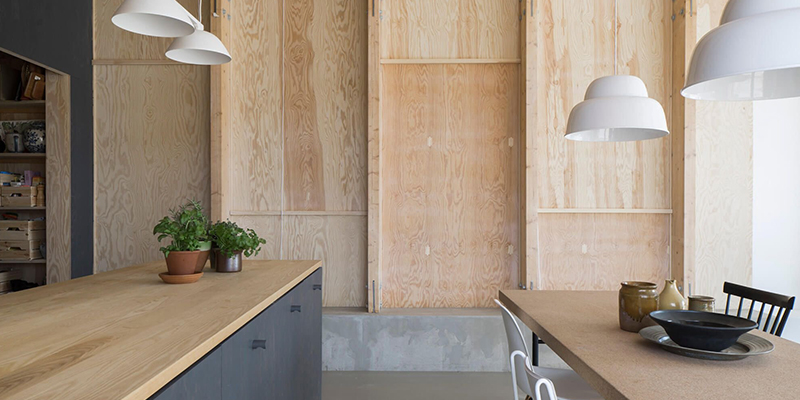
FSF plywood has increased wear resistance and moisture resistance, but the glue composition is considered more aggressive and unecological (emission class E2). Because of this, its use is limited to outdoor work, construction, creation of formwork and so on.
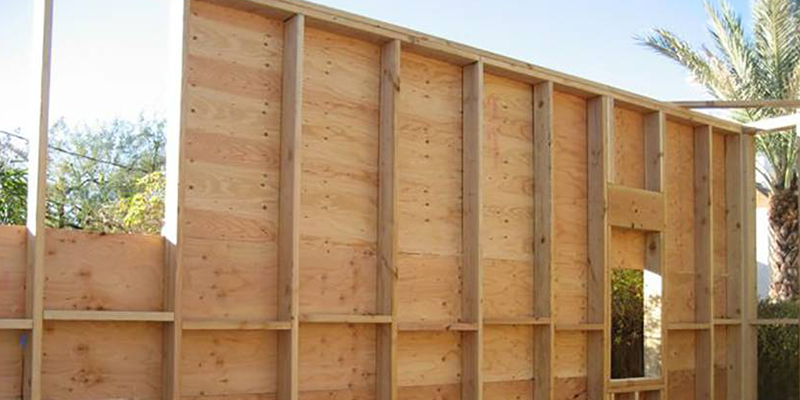
Summarise:
Plywood FC
Composition — urea-formaldehyde composition (ecologically stabilised resin KF-ES (F)).
Emission class (formaldehyde) — E1.
Ecological safety — high.
Moisture resistance — medium.
Durability — medium.
Usage — for interior finishing and construction works, in dry rooms, production of various products, including furniture and other.
Plywood FSF
Composition — phenol-formaldehyde composition (based on phenol-formaldehyde resin PRIMERE 14J400).
Emission class (formaldehyde) — E2.
Environmental safety — low.
Moisture resistance — high.
Durability — high.
Usage — for facade, exterior works, construction, manufacture of products and structures not connected with direct contact with people and animals.
As with coniferous and birch plywood, the choice of product depends on the place of use and specific tasks.